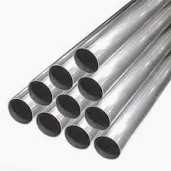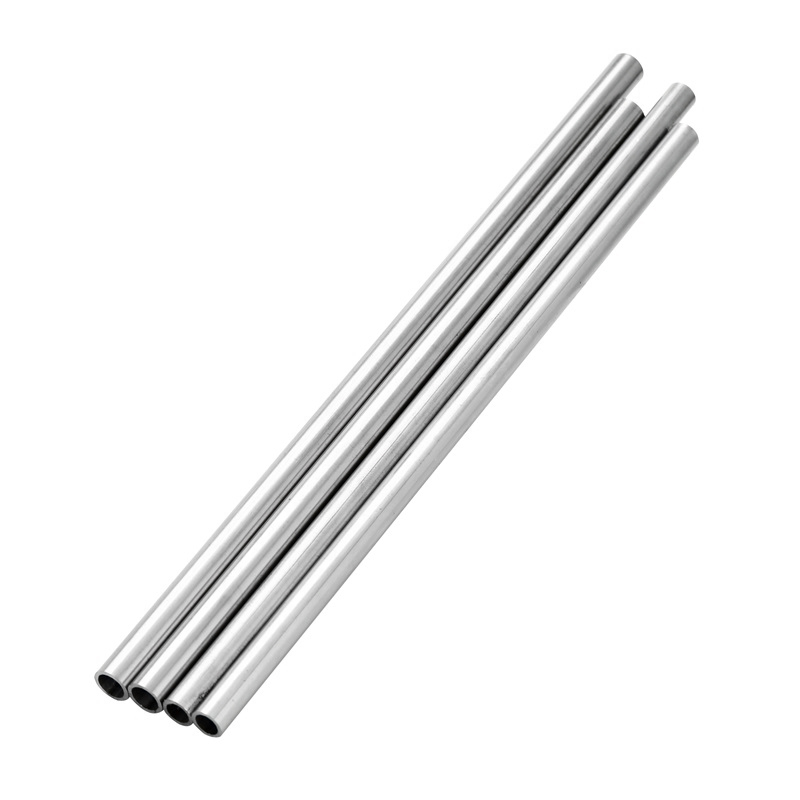seamless pipe vs welded pipe
2 月 . 12, 2025 20:23

Navigating the world of pipes, particularly distinguishing between seamless and welded pipes, can be crucial for industries ranging from oil and gas to construction. Both seamless and welded pipes serve pivotal functions, but understanding their differences can greatly influence industrial applications, financial decisions, and project outcomes.

Seamless pipes are crafted through an intricate process of heating and piercing solid billets. This method eliminates the need for joints or welding, thus ensuring a pipe that is robust and uniform. This distinctive manufacturing technique gives seamless pipes a profound strength advantage, making them ideal for high-pressure applications and extreme environmental conditions. Industries such as oil drilling or gas pipelines frequently depend on seamless pipes for their integrity and reliability. The absence of welds halts any potential weaknesses or vulnerabilities, thus enhancing the pipe's ability to endure stress and pressure.
On the other hand, welded pipes are created by rolling metal and welding the seam longitudinally. This process is more cost-effective compared to seamless pipe manufacturing. Price-sensitive projects often prefer welded pipes due to their economic benefits. They also present the opportunity for tight quality control over the welding process, enabling manufacturers to produce pipes with consistency. For applications with lower pressure requirements, welded pipes are sufficiently capable. Their versatility extends to a variety of diameters and lengths, making them suitable for numerous industrial and construction enterprises.

The decision-making process between opting for seamless or welded pipes often boils down to specific requirements related to the project at hand. Seamless pipes, with their superior strength, are preferable for situations demanding ultimate reliability and strength. This is particularly critical in high-stakes environments such as petroleum processing and high-pressure steam systems. In contrast, welded pipes' cost-effectiveness and variability make them suitable for less demanding applications, like structural support or low-pressure conveyance.
seamless pipe vs welded pipe
Quality and testing standards also differ between these two categories of pipes. Seamless pipes typically undergo rigorous quality testing procedures, including ultrasonic and hydrostatic testing, ensuring compliance with stringent international standards. This extensive testing underlines their application in safety-critical industries where failure is not an option. Welded pipes, while tested under strict regulations, may sometimes rely on visual inspections and non-destructive tests to ensure they meet industry criteria.
In terms of installation and maintenance, seamless pipes again hold an upper hand due to fewer points of potential failure, making them less susceptible to leaks and corrosion. However, welded pipes provide excellent flexibility in terms of custom sizing and configurations, presenting a practical choice for tailored applications where precision fitting is crucial.
Thus, the debate between seamless and welded pipes is not merely a technical discussion but a strategic decision affecting efficiency, safety, and budgetary constraints. An expert understanding of these nuances ensures that industries make informed choices tailored to their unique needs. This sophisticated understanding is embedded in the intrinsic characteristics of both pipe types and their correlation with industry-specific demands.
Ultimately, selecting the appropriate pipe type involves evaluating factors like pressure requirements, environmental conditions, technical specifications, and budgetary constraints. Companies with a keen acumen for precision, durability, and safety will often incline towards seamless pipes, while those prioritizing economic viability and adaptability will benefit from the strategic use of welded pipes. Each type offers distinct advantages that, when matched with the correct application, can lead to successful project implementation and operational efficiency.


